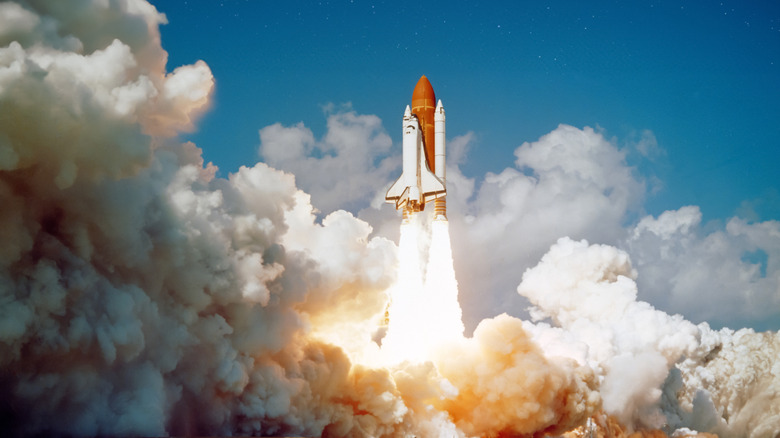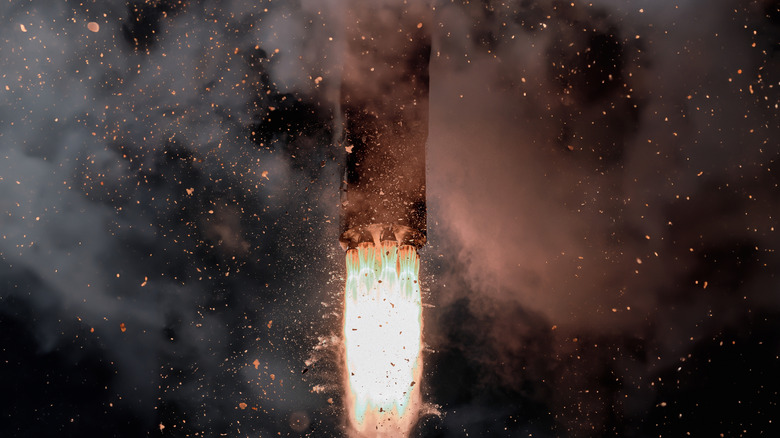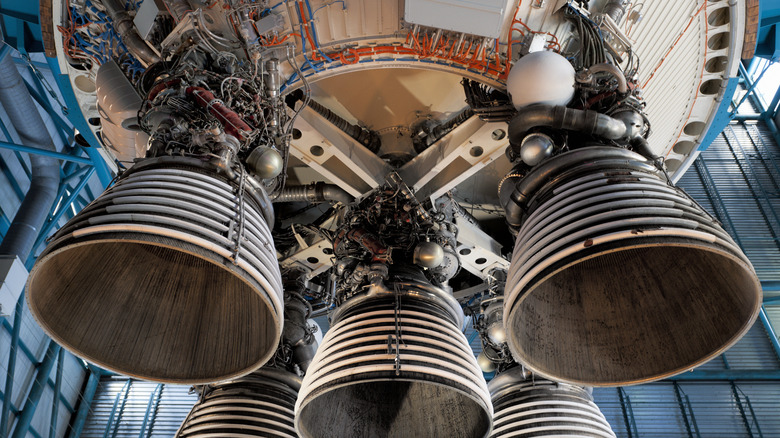How Do Rocket Engines Work?
Humans have achieved groundbreaking feats in space exploration, reaching distant stretches of space with missions like Voyager 1. However, none of this would have been possible without rockets.
Rockets play a pivotal role in placing satellites, orbiters, and astronauts into space. They are then shed in stages after completing their task (causing space gunk that may someday crush people if not disposed of properly), acting as a mode of transportation for people and cargo en route to space. That said, rocket engines are unconventional and vastly different from the airplane, car, and other common engines. While rockets also combust fuel to move like other engines, there is a fundamental difference. Traditional engines rotate wheels or turbines in order to move, whereas rocket engines burn fuel and leverage the reaction force to propel the space shuttle upwards.
The escaping gases from the rocket you see during a rocket launch are responsible for propelling the rocket. Since rockets operate by literally burning highly flammable fuel, the operating temperatures can quickly soar from 4000° to 5000° Fahrenheit. Moreover, rockets can operate on a variety of fuel types such as solid, liquid, and hybrid fuel, each offering distinct advantages for propulsion.
Thrust from burning fuel lifts the rocket
You may remember Newton's third law of motion from high school science, which states "every action has an equal and opposite reaction". Rockets function by burning rocket fuel — the action — with liftoff being the subsequent reaction. The reaction force, also known as thrust, is commonly measured in pounds or newtons in scientific terms.
If that sounds confusing, let's understand this with a simple analogy. If you have ever shot a gun or seen someone doing so, you might know how important it is to hold the gun firmly to prevent injury from recoil. In this case, the action force is applied to the bullet when you pull the trigger. In return, the bullet also exerts a reaction force on the gun, causing it to recoil. While a gun's recoil is an unwanted motion, rockets harness the reaction force to lift themselves against gravity.
A rocket contains a huge amount of fuel, which is ignited during liftoff. As the solid or liquid fuel burns, it turns into gas and escapes from the rear of the rocket. The expulsion of high-speed gases applies a reaction force on the rocket, making it move in the opposite direction.
Designing a rocket is complicated
You have probably heard the phrase "it's not rocket science". But just how complicated is rocket science really? It turns out, designing a rocket is extremely complicated, involving precise calculations for weight, fuel, trajectory, and more. Despite rockets having numerous redundant systems, even the slightest errors have resulted in multiple failed space missions like Japan's Kairos rocket and more.
Another challenge in designing a rocket is accounting for the changing acceleration. According to Newton's second law of motion, force is mass times acceleration – the same force produces more acceleration in a smaller mass. As the burning rocket fuel constantly exits the rocket, the rocket becomes lighter throughout the journey, causing it to accelerate faster with the same thrust. Currently, rockets only carry 1% payload weight when compared to the overall weight of the space shuttle during liftoff. The massive difference between payload (constant weight) and fuel (variable weight) makes it harder to plan the rocket's trajectory. Moreover, rockets need elaborate cooling systems to ensure optimal temperatures and structural integrity while burning fuel.


